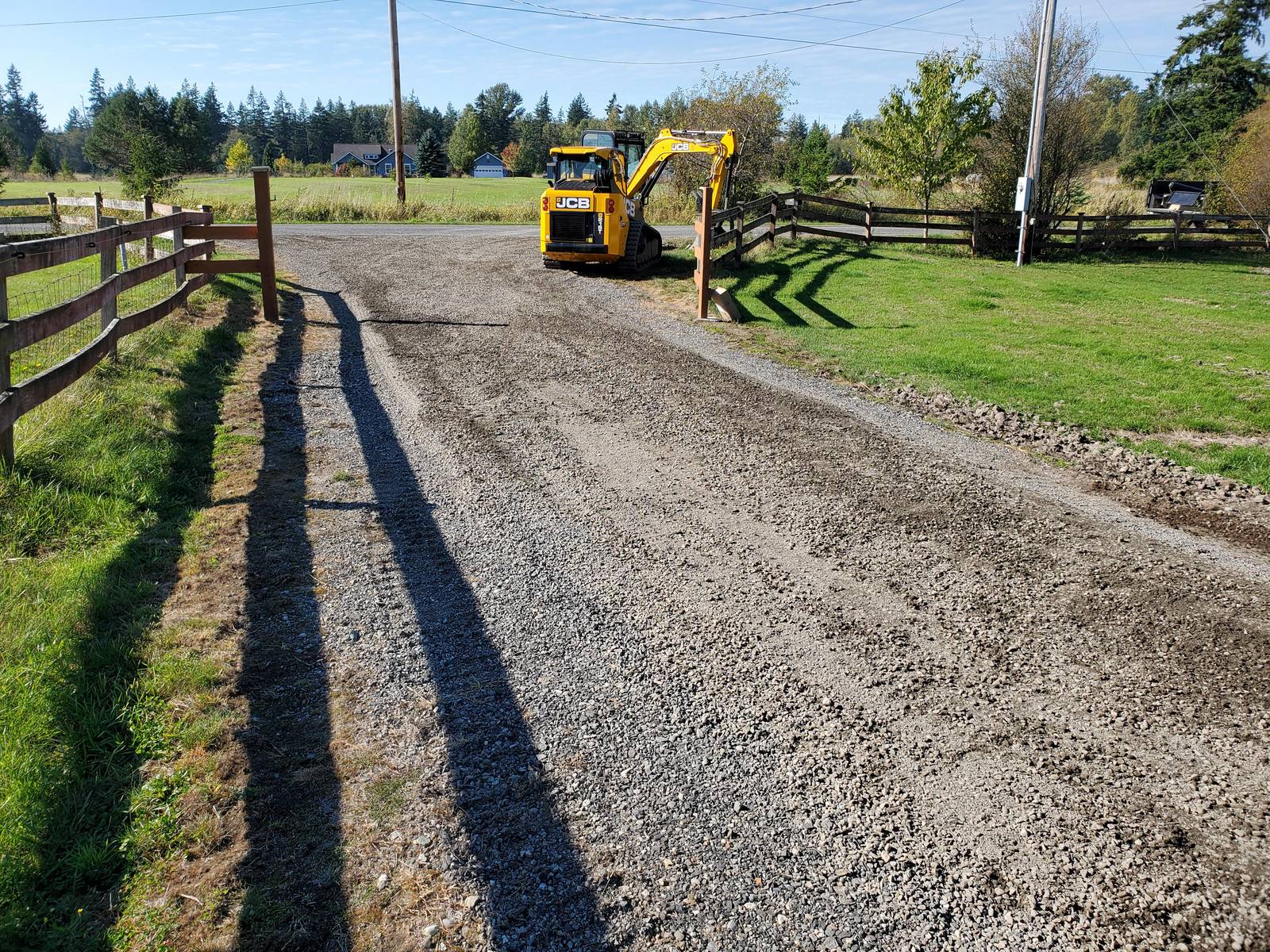Quality Road Construction for Long-Lasting Roads
Wiki Article
Culvert Setup Made Easy: Step-by-Step Overview for Success
From selecting the proper culvert size to incorporating proper drainage actions, each step in the installment procedure plays an important role in the capability and durability of the culvert system. Keep tuned to discover the crucial actions and considerations that can make culvert setup a seamless and successful undertaking.Selecting the Right Culvert Dimension
Picking the suitable culvert dimension is essential for making certain reliable water flow and structural honesty in culvert installation jobs - Pad Construction. The size of the culvert directly affects the flow ability of water through the structure. A culvert that is as well small can cause flooding and overflow, while one that is also large may cause decreased water rate, possibly creating debris buildup and obstructionsTo establish the right culvert size, elements such as the watershed location, optimal flow rates, and hydraulic efficiency need to be thoroughly thought about. Estimations based upon these criteria aid in choosing a dimension that can adequately deal with the anticipated water volume while reducing the risk of obstructions and structural failure.
It is important to speak with design standards and criteria to make certain that the picked culvert dimension fulfills the task needs and local policies (Pad Construction). By choosing the best culvert dimension, task supervisors can enhance water circulation, protect against prospective problems, and enhance the overall effectiveness and longevity of the culvert installation
Preparing the Setup Site
Efficient culvert installation requires careful prep work of the installment site to guarantee optimal structural assistance and performance. Before beginning the installation process, it is vital to remove the website of any debris, plant life, or obstructions that can impede the culvert's positioning.Moreover, it is vital to consider variables such as dirt make-up, groundwater degrees, and environmental impacts when preparing the setup website. Carrying out a detailed site assessment can help determine any type of possible challenges or risks that may affect the culvert's performance. By making the effort to prepare the installation website properly, you can assist ensure a successful culvert installment that meets architectural needs and makes certain lasting capability.
Positioning the Culvert Properly

The grade at which the culvert is put is crucial for preserving a correct incline for water circulation. A gradual slope aids prevent pooling and advertises reliable drainage. Additionally, the culvert should be oriented properly to make sure that the inlet and electrical outlet are in the proper places. This positioning is necessary for the culvert to work successfully in taking care of water flow.
Backfilling and Condensing the Dirt
Correct backfilling and compaction of the dirt around the culvert is necessary to make certain click here for more security and avoid potential concerns in the future. When the culvert is properly placed, the following critical step is to backfill the location around it with appropriate material.Compaction assists in reducing the chances of settlement and ensures consistent support around the culvert. It is essential to compact the dirt equally on all sides of the culvert to keep its architectural stability.
Correct backfilling and compaction not only give stability to the culvert however also help in stopping soil erosion and keeping the durability of the culvert system.
Guaranteeing Correct Drainage Integration
Incorporating effective drain remedies plays an important duty in the total performance and durability of culvert installments. Proper drain assimilation is important for handling water Click Here circulation, stopping disintegration, and ensuring the structural stability of the culvert system. To attain this, it is vital to create a detailed drainage plan that thinks about variables such as the volume of water expected, the topography of the location, and the type of soil present.
In addition, including attributes like disintegration control actions, such as riprap or plants, can even more enhance the performance of the drain system. By very carefully intending and applying these drain services, culvert installations can operate effectively and withstand the test of time.
Conclusion
Finally, appropriate culvert installation is critical for preserving efficient drain systems. By selecting the ideal culvert dimension, preparing the installation website, placing the culvert properly, backfilling and compacting the soil, and ensuring appropriate water drainage integration, success can be achieved. Complying with these actions will aid guarantee the long life and efficiency of the culvert, ultimately adding to the total success of the drain system.Report this wiki page